BCCI was the second bank to open in Zambia since its independence in 1964. At that time, BCCI’s operations had experienced in many parts of Africa. With BCCI President’s greater desire to serve the people in developing countries, BCCI sought an all-round role in Zambia’s economy.
Country information
Zambia, officially the Republic of Zambia, is a large landlocked country in south-central Africa. It shares borders with eight countries: the Democratic Republic of the Congo to the north, Mozambique to the southeast, Zimbabwe and Botswana to the south, Namibia to the southwest, and Angola to the west, that serve as an expanded market for its goods.
.jpg)
The capital city of Zambia is Lusaka, located in the south-central part of Zambia.
History
In 1888, the British South Africa Company, led by Cecil Rhodes obtained mineral rights for the area which later came to be known as North-Eastern Rhodesia which together with other territories in Southern Africa was administered by the British as separate units until 1911.They were then merged to form Northern Rhodesia, a British protectorate and administered by British government from London.
In the early 1960s after opposition to British rule by a sizeable minority of the African population demonstrations for full self-government were organised by two African nationalist parties, African National Congress (ANC) led by Mr Harry Nkumbula, and the United National Independence Party (UNIP) led by Mr Kenneth Kaunda who governed the country from 1964 to 1991.
Elections held in late 1962 that resulted in an African majority in the legislative council. The council immediately passed resolutions calling for Northern Rhodesia's independence.
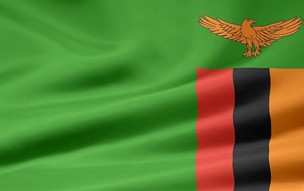 Northern Rhodesia became the Republic of Zambia, an independent country, on 24 October 1964, with Mr Kenneth Kaunda of the UNIP as the first president.
Northern Rhodesia became the Republic of Zambia, an independent country, on 24 October 1964, with Mr Kenneth Kaunda of the UNIP as the first president.
Zambia is a land of the legendary African walking safari, Victoria Falls, abundant wildlife protected in several national parks.


Population and language
Zambia’s population was around 5.9 million in 1980, concentrated mainly around Lusaka in the south and the Copperfield Province to the north, the centre economic activity of the country.
The official language is English.
There are more than 70 different languages and dialects spoken throughout the country, but the government recognises 7 official regional languages
Economy
After independence, the Zambian government set its priorities on copper mining, manufacturing and agriculture.
Zambia's main export, copper accounts for 70 percent of Africa's production and 60 percent of country's total exports. Other exports include cotton and cement.
Main imports are oil, commodities and consumer goods.
BCCI in Zambia
BCCI was only the second bank to open in Zambia since independence in 1964.
Bank of Credit and Commerce (Zambia) Limited (BCC Zambia) was incorporated in May 1980 in Zambia, with 100% shareholding held by the parent company, BCCI Holding (Luxemburg) SA Luxembourg.
BCCI was responsible for the management, banking operations, business development and training the local staff.
In the early days BCC Zambia faced stiff competition from long-established British colonial banks.
The first branch of BCC Zambia to open was in the capital, Lusaka. In 1981 additional branches were opened Kitwe and Livingstone. In August 1982 a second branch opened in Ndola, on the Northern border with Zaire and a few months later another branch was established in Kabwe.
The original seven family members in BCC Zambia had increased to over 175, making BCC an important and vital part of the financial community of the country.
The branches also participated actively in the importation of vital goods with the help of business from BCCI's extensive network in Africa and other parts of the world.
A major reason for BCCI's success was attributed to the constant willingness to assist Zambia in financing of the country’s foreign trade and also providing short-term bridging finance during the country's debt crisis.
With China growing interest to invest in projects in developing countries including Zambia, BCC representative office in Beijing, China persuaded Chinese state-owned organisations to issue bid bonds and performance guarantees for projects in Zambia, through BCC Zambia.
Mr A Rashid Khan, the first country manager, placed emphasis on cordial and close relations with the Zambian authorities, and ensuring that marketing efforts were more focused than ever before.
- Bank of Credit and Commerce (Zambia) Limited: Report and Financial Statement 31 December 1988
- BCC Zambia Budget Highlights - 1989
BCC Zambia branches
Lusaka
Lusaka, the capital and largest city of Zambia, was also the capital of Lusaka Province, the smallest and most populous of the country's ten provinces.
Lusaka's economy was dominated by the service sector, as well as wholesale and retail trade. The city was the centre of both commerce and finance, as well as the government in Zambia. After independence Lusaka was developing into one of the fastest-developing cities in southern Africa.
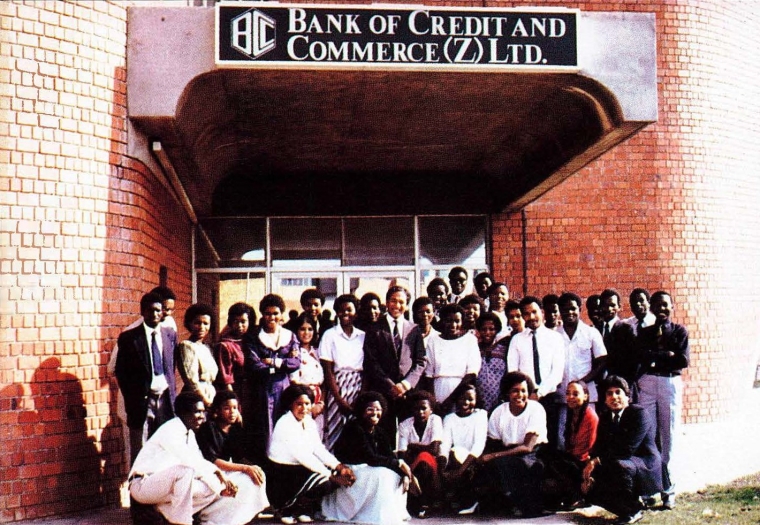
Lusaka branch was located at:
Zimco House Phase II Chaida Place
Cairo Road
P.O. Box 34940
Lusaka
Tel: (26001) 219 044, 211093, 211073, 211077, 214 597
Fax: (26001) 211866
Telex: ZA 45150 / 40112
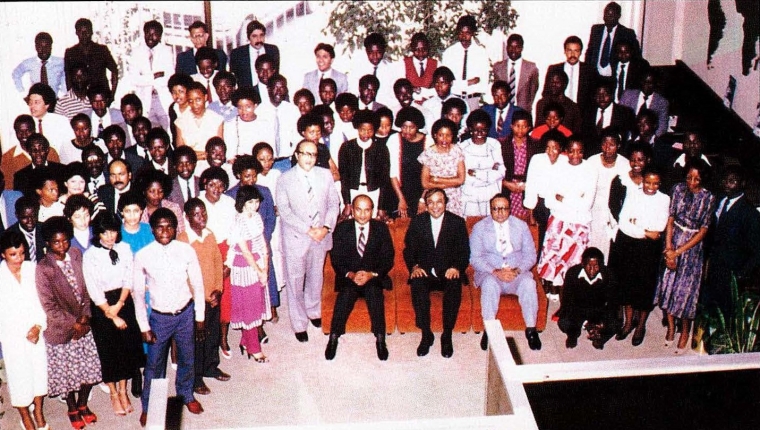

Ndola
Ndola was the third largest city in Zambia and the industrial and commercial centre of the copper mining region, and capital of Copperbelt Province. Ndola’s huge limestone reserves important for the cement manufacturing process provided around 50% of Zambia's cement requirement. There were also many manufacturing industries in Ndola, including a major copper refinery.
The annual Zambia International Trade Fair is held Ndola in July.
Ndola branch was located at:
Premium Plaza, Kansenshi
P.O. Box 71657,
Ndola
Tel: (26002) 680 117/120, 680 430, 681 545
Fax: (26001) 211 866
Telex: ZA 34860 BCC MN
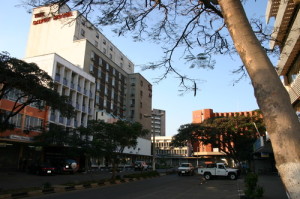
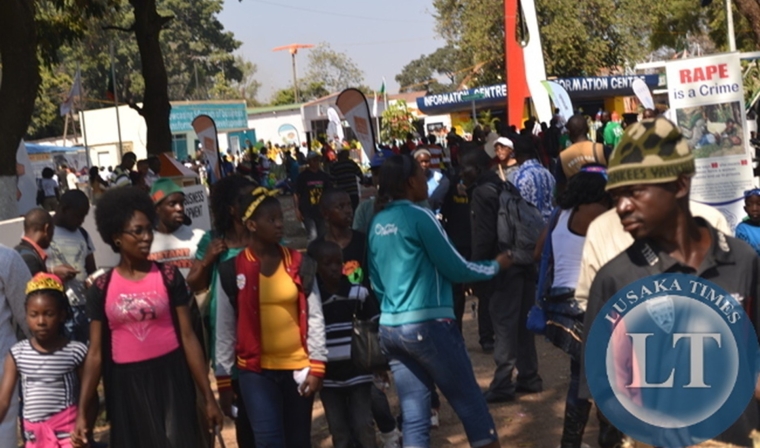
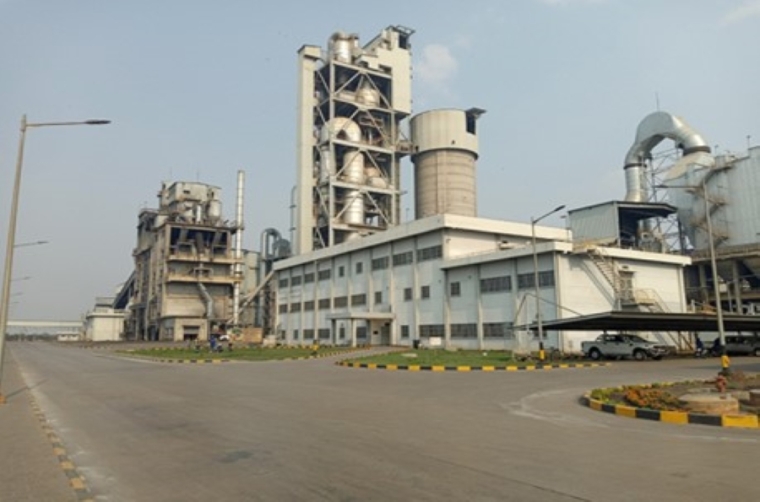
Livingstone
Livingstone, named after the British explorer, Dr David Livingstone, was a major European settlement and capital of then Northern Rhodesia before independence when the capital was moved to Lusaka. The city reportedly went into economic decline in the 1970s due in part to renationalisation of industries and in part to closure of the border with apartheid Rhodesia. Offering the best view of Victoria Falls, one of the seven natural wonders of the world, Livingstone attracted many tourists every year.
Livingstone branch was located at:
Musi-O-Tunya Road
P.O. Box 61041
Livingstone
Tel: (26003) 321 385, 321 644, 320 695
Telex: ZA 24014
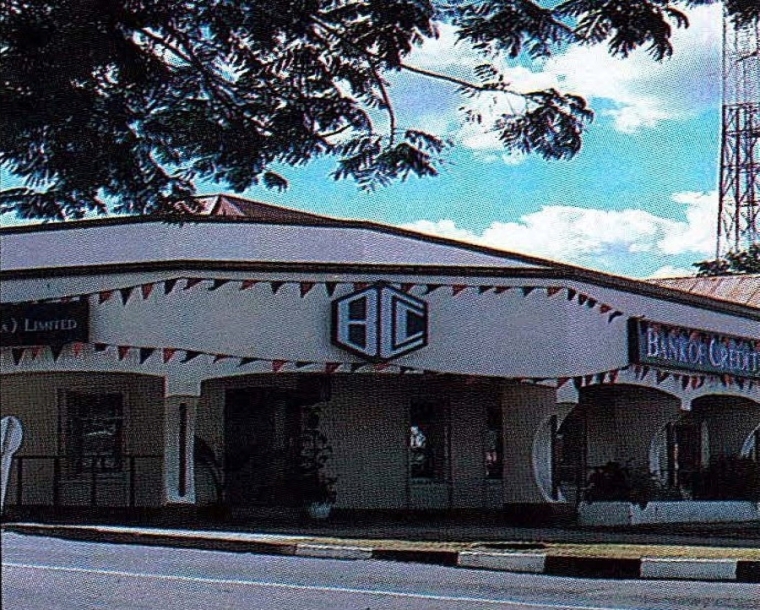
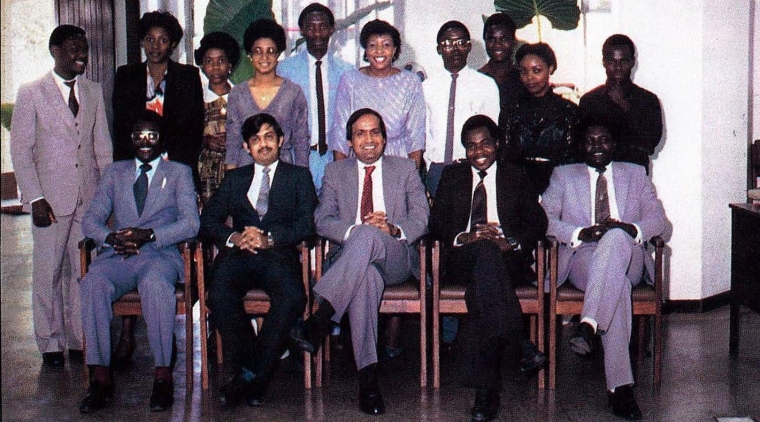
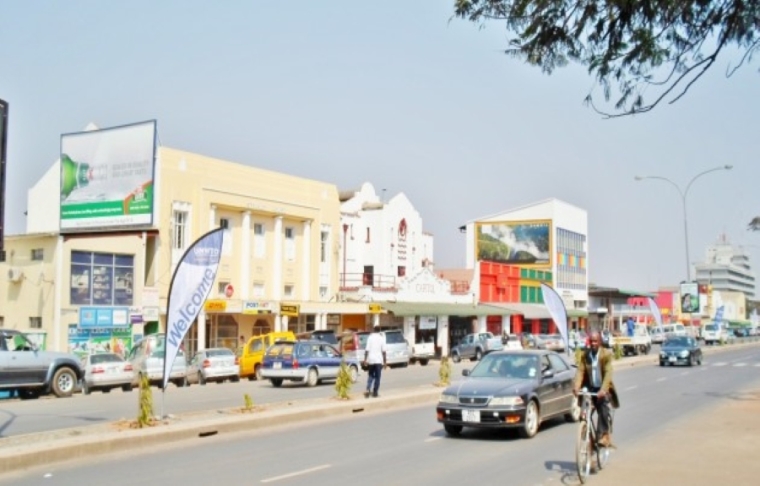
Kitwe
Kitwe, about forty miles west of Ndola, was the hub of the Copperbelt and the principle industrial and commercial centre of the area. The city owes its existence to the copper mining industry, but a considerable number of manufacturing industries were being established.
Kitwe was the base for a number of mining operations, rich in copper, cobalt and emerald deposits.
Kitwe branch was located at:
1092 Investment Building
Kaunda Square
PO Box 23405
Kitwe
Tel: (26002) 217 639, 217 711, 212 596, 217 638, 217 253
Telex: ZA 51790
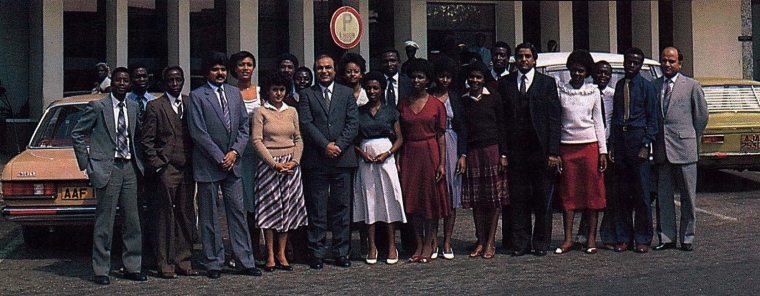
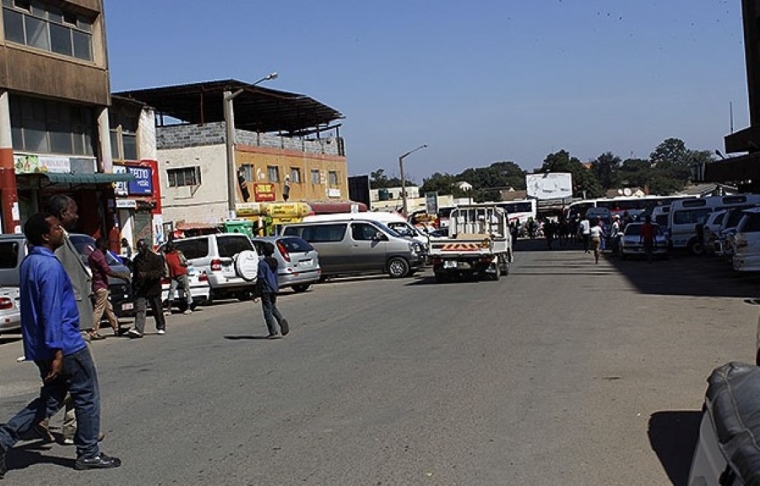
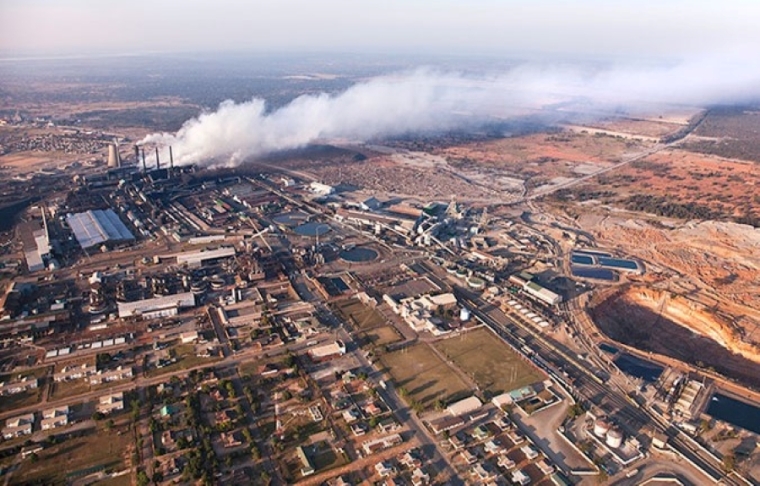
Kabwe
Kabwe was a major mining town founded when lead and zinc deposits were discovered in 1902. With the depletion of these deposits, the mining activities were falling and Kabwe was growing as a major agricultural hub for the country. It was also the headquarters for Zambia Railways. In the 1980s China invested in establishing the Zambia-China Mulungushi Textiles in Kabwe.
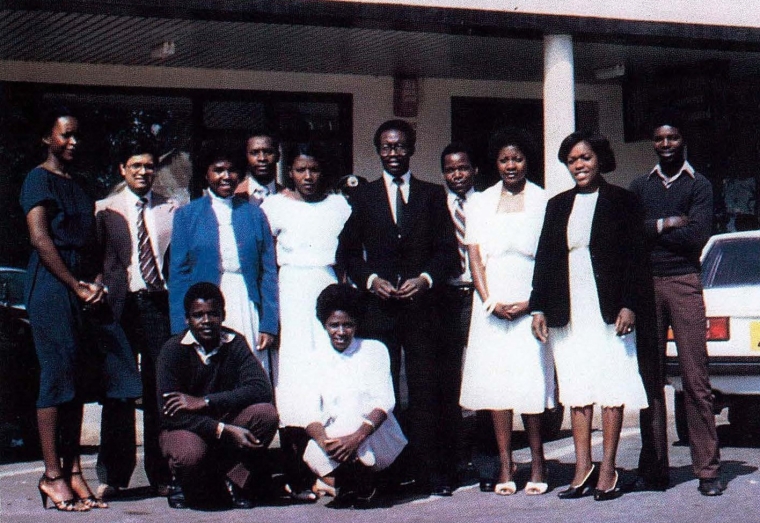
Kabwe branch was located at:
Freedom Way
PO Box: 80231
Kabwe
Telephone: (26052) 223 598, 223 216
Telex: ZA 81360
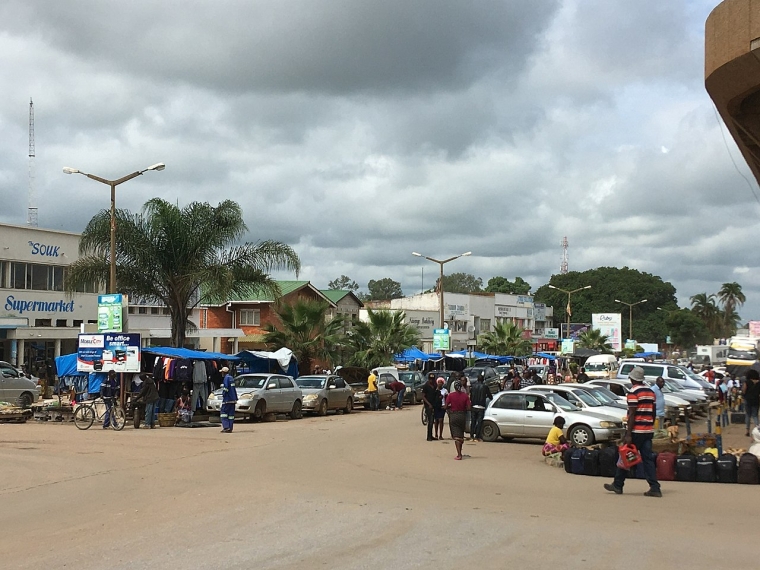
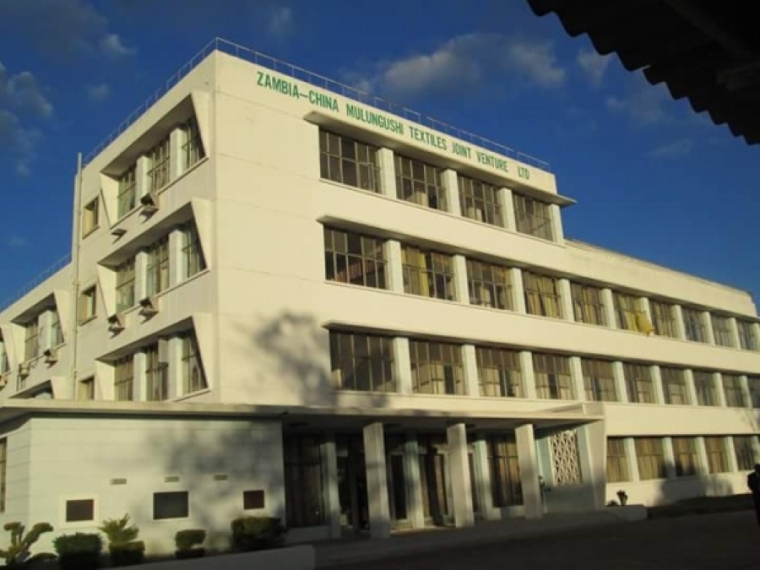
Dr Kenneth David Kuanda, President of Zambia
Mr Agha Hasan Abedi, BCCI President, had a close relationship with Dr Kenneth Kuanda (in short), who served as the first President of Zambia from 1964 to 1991. He was at the forefront of the struggle for independence from British colonial rule and actively also supported the independent movement in Zimbabwe under the rule of a white British minority.
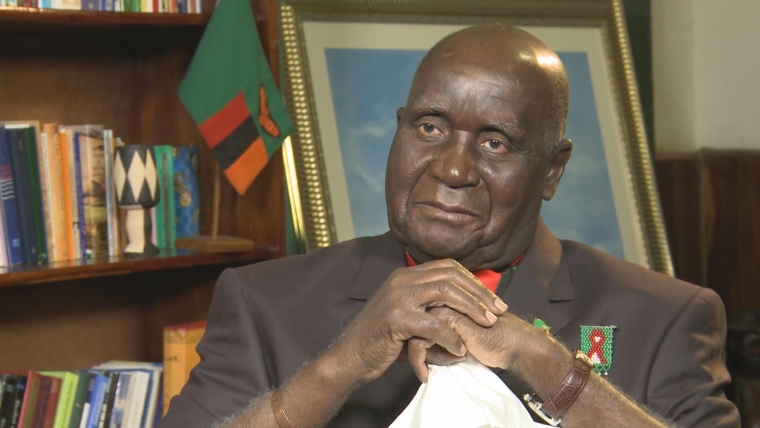
Mr Abedi, the President of BCCI, in addition to being the chairman Board of Trustees of the Third World Foundation in London, dedicated to work for the intellectual, economic and social advancement of the people of the Third World, was a major donor of Global 2000 founded by Jimmy Carter, former US President. The foundation was funded by BCC.
After the colonial era ended, independent African countries often promoted large agricultural plantations for cash crops and export. Mr Abedi was eager to offer the services of BCCI in support of the Global 2000 agricultural initiatives. He envisioned the bank providing various types of support, from smallholder credit programs for participating farmers to direct financial support to the Global 2000 programmes.
Mr Abedi, a valuable Global 2000 donor through BCCI, pushed for Zambia’s to be included and also be given priority in the Global 2000 agricultural project in Zambia. He is reported to have created a foundation there, called the New and Emerging Science and Technology Foundation (NESTF) to effectively mobilise support a Global 2000 project.
Mr Abedi was quick to offer assistance to President Dr Kenneth Kuanda when prices of copper, the country main export earnings, started declining and provided a short-term loan to bridge Zambia balance of payment difficulties.
Financial Highlights 1989
BCCI closure
On 5 July 1991 the Bank of England and other regulators in the west decided to freeze BCCI Group's assets and abruptly shut down BCCI's operations worldwide.
The priority of the governments and central banks in some countries was to protect their people and the local operations of BCCI continued in a different name after the assets and liabilities were acquired by private investors or another bank.
BCC Zambia was purchased by the Union Bank Zambia Limited (another local private sector bank) in 1991.
The BCCI Group majority shareholders considered the abrupt action by western central banks to shut down BCCI in 1991 was unjustified when they already had detailed discussions with the Bank of England and other regulators on a restructuring plan and would have injected further capital, if required.
In a 24-page report not made public but sent to some 60 central bankers worldwide, the United Nations Center on Transnational Corporations said that by simply shutting down the 70-nation banking network that financed international trade of $18 billion a year, the economic damage fell hardest on countries like Nigeria, Bangladesh and Zambia, where B.C.C.I. was an important institution. (New York Times, Feb 5, 1992)

